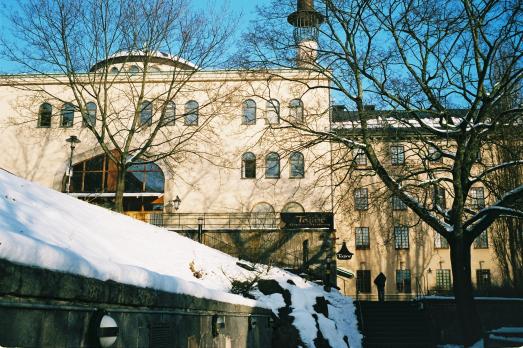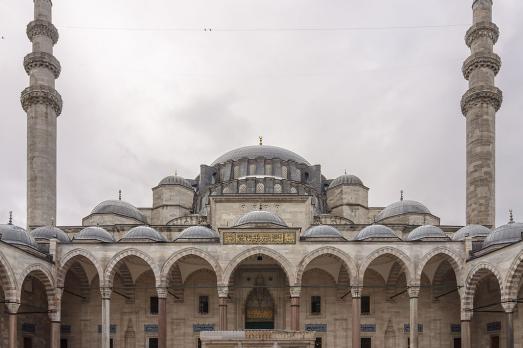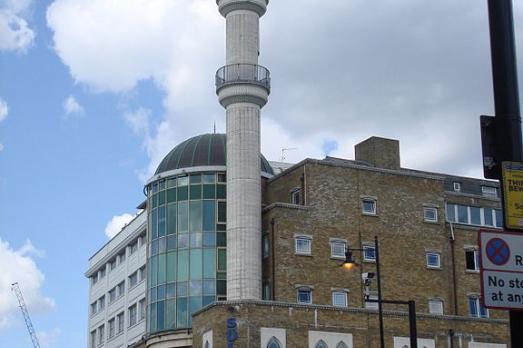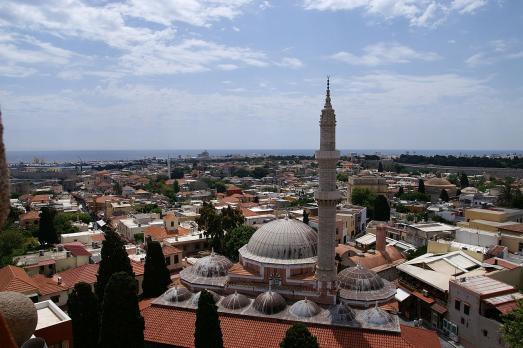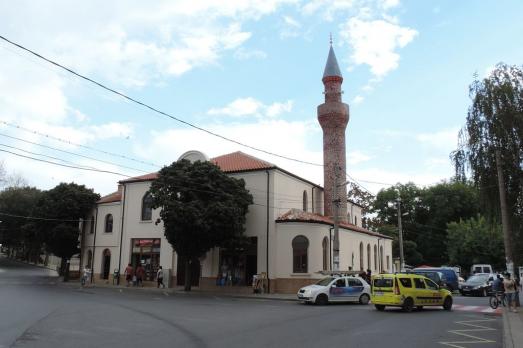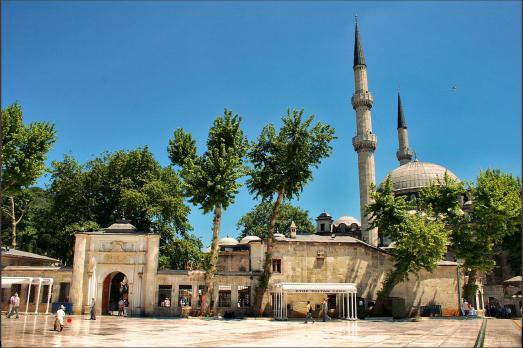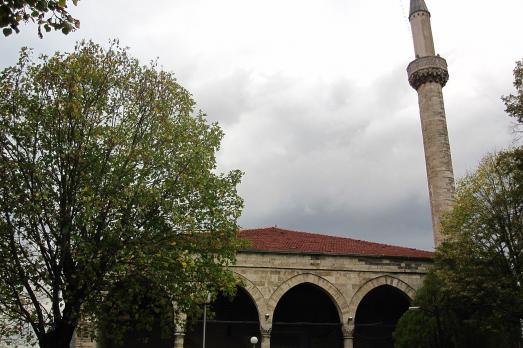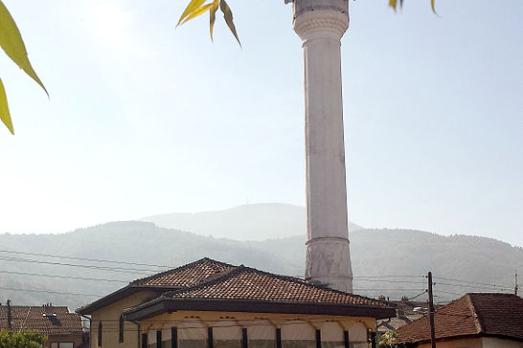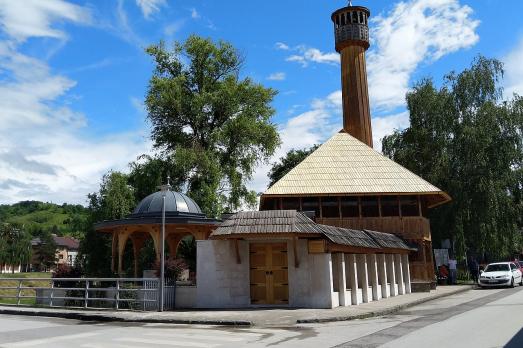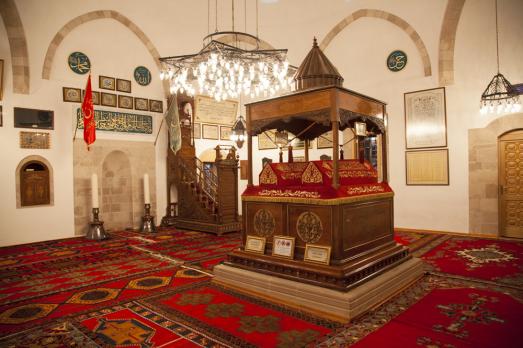
Somuncu Baba Tomb
Aksaray Merkez/Aksaray, Turkey, TR
Located in the city of Aksaray, this museum and mosque was opened to the public in 2010. It describes the life of Somuncu Baba using miniatures and oral explanations. Hamiduddin Aksarayi (1331-1412), better known by the nickname of Somuncu Baba was an ascetic practitioner and teacher of Islam in Bursa, who exerted a great influence in the region to the point of being considered a Muslim saint. He taught at the Ulu Camii (Great Mosque) in Bursa, following the instructions of the Sultan Bayezid I himself. Among his pupils were Molla Fenari and Hacı Bayram-i Veli. His tomb and mosque are located next to the museum.
